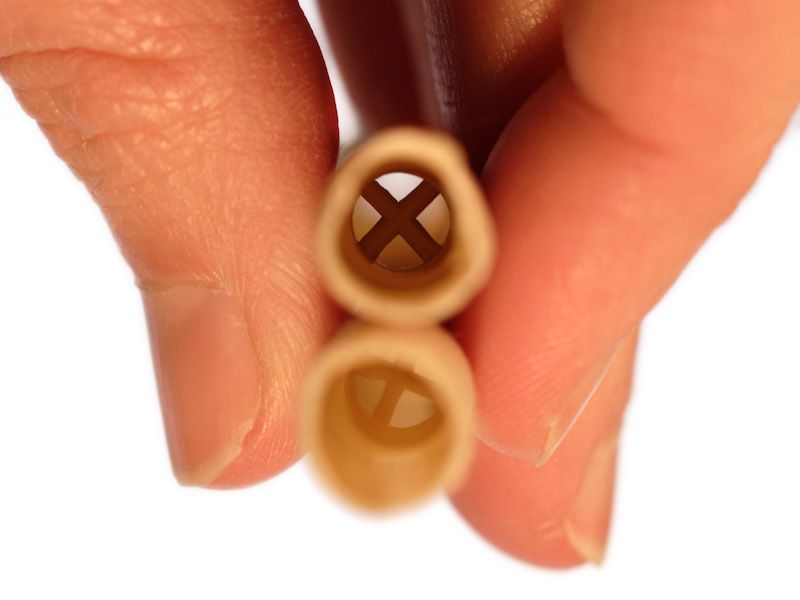
In some communities, the practice known as “ear candling” is persistently thought to be a good way to decrease earwax. Does ear candling work and what is it?
Do Earwax Candles Work?
Spoiler alert: No. They absolutely don’t work.
Why then do otherwise rational people persistently accept in this pseudo-science. That’s a tough question to answer. But even though the sensible decision is fairly obvious, understanding more about the risks of earwax candling will help us make an informed choice.
What is Earwax Candling?
So here’s the basic setup: Maybe you have too much earwax and you’re not quite sure how to eliminate it. You’ve read that it’s risky to use cotton swabs to clean your earwax out. So, after doing some research, you find a technique called earwax candling.
Earwax candling is supposed to work as follows: By inserting a candle into your ear (wick side out), you cause a pressure differential. The wax in your ear, then, is pulled outward, towards the freedom of the open world. Any wax that might be backed up in your ear can, theoretically, be pulled out by this amount of pressure. But this hazardous practice is not a smart means of cleaning your ears.
Why Isn’t Ear Candling Effective
This practice has several issues, including the fact that the physics just don’t work. You would need a considerable amount of pressure to move earwax around and a candle just isn’t capable of generating that amount of pressure. Second, creating that type of pressure differential would require some kind of seal, which doesn’t happen during candling.
Now, there are supposedly special candles used in this “procedure”. All of the wax that was in your ear can be found within the hollow portion of the candle which can be broken apart when you’re done with your 15 minutes of ear candling. But the problem is you can find this same material in new unburned candles as well. So the entire practice amounts to fraud.
Scientific analysis has never been able to prove any benefit involving earwax candling.
So we Know Ear Candling Doesn’t Work But is it Dangerous?
What’s the danger in trying, right? Well, any time you get hot candle wax near your ears, you’re asking for trouble. You may be fine if you try earwax candling. Lots of people do. But there are certainly hazards involved and it’s definitely not safe.
The negative effects of ear candling can include:
- Severe burns to your inner ear. Significant hearing problems and burns can be the outcome of getting hot wax in your ear. This could permanently jeopardize your hearing in the most extreme cases.
- Any time you’re messing around with an open flame, there’s a potential that you could trigger significant damage and put your life in danger. Seriously, you could burn your house down. It’s not worth the risk to attempt this ineffective technique of wax elimination.
- Candle wax can also block your ear canal after it cools. This can cause you to temporarily lose your hearing or, in the most extreme cases, call for surgery.
You Don’t Need a Candle to Clean Your Ears
The majority of people will never actually need to worry about cleaning earwax from their ears. That’s because the human ear is essentially a self cleaning system. Nevertheless, there are certain people who will have uncommonly heavy earwax production or accumulation to contend with.
If you do need to clean your ears out because of too much wax, there are scientifically-proven (and reliable) methods to do that properly. You could use a fluid wash, for example. Or you might see a professional who will be capable of using specialized tools to clean the extra wax or wax blockages out.
Cotton swabs are definitely a no-no. And you should also stay away from using an open flame to clean out earwax. Earwax candling doesn’t work, and it can create dangers that will put your comfort and your hearing in significant danger. Try burning candles for their sent or for enjoyment but not as a means to clean your ears.